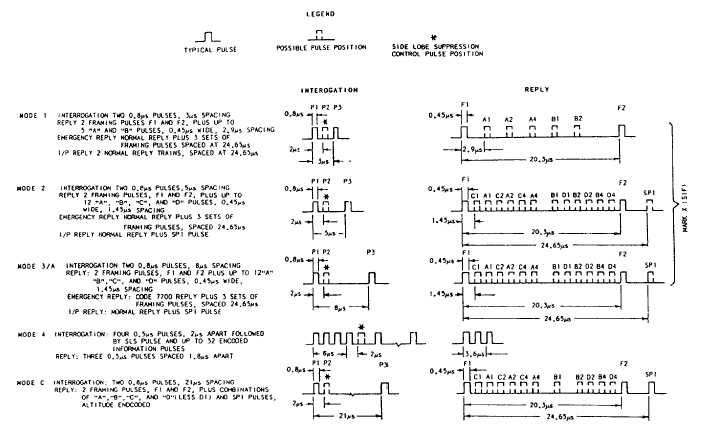Figure 3-2.—AIMS Mark XII IFF interrogations and replies.
When desired, a transponder may send an
identification of position (I/P) reply to mode 1, 2, or 3/A
interrogations. This reply, when decoded, marks on the
indicator a particular aircraft with which the system
operator has voice communications.
A pilotless aircraft containing a transponder
transmits an X-pulse reply when responding to SIF
mode interrogations. This is a normal mode reply with
an additional pulse occupying the center position of the
reply train.
Mode 1.— Mode 1 operation, set at the control box
C-6280, is for military use only. The first digit of the
reply code must be a number from 0 to 7. The second
digit must be a number from 0 to 3. The remaining two
digits will normally be 0. Military emergency replies
(called 4X or four train emergencies) include the normal
reply plus 3 sets of framing pulses for both modes 1 and
2.
Mode 2.— Mode 2 operation, set in at the
transponder unit, is also for military use only. In mode
2 and 3/A reply codes, each of the four reply digits can
have any value from 0 to 7.
Mode 3/A.— Mode 3/A operation, also set at the
control box, is available for military or civilian use.
Mode 3/A military emergency replies consist of a
combination of 4X and 7700 codes. Civilian emergency
replies use just the 7700 code. A 7600 reply code, for
both military and civilian use, indicates a failure in radio
communications.
A 7777 reply code is assigned to
interceptors on active air defense missions. Any
transponder sending replies to mode 3/A with codes of
7500, 7600, 7700, or 7777 will trigger an alarm at nearby
FAA towers.
The FAA’s nationwide computer network tracks all
assigned mode 3/A codes. The Department of Defense
is assigned four mode 3/A code blocks (50XX, 54XX,
61XX, 64XX) for use within U.S. national air space.
A conflicting signal from your ship could cause
havoc for both local and national air control functions.
The mode 3/A code assigned to your unit during an
operation is probably not a code authorized for military
use in national airspace. It may even be the same as one
assigned to a commercial flight. To avoid problems with
air control, keep mode 3/A off the air when your ship is
in port or coastal waters.
3-3



